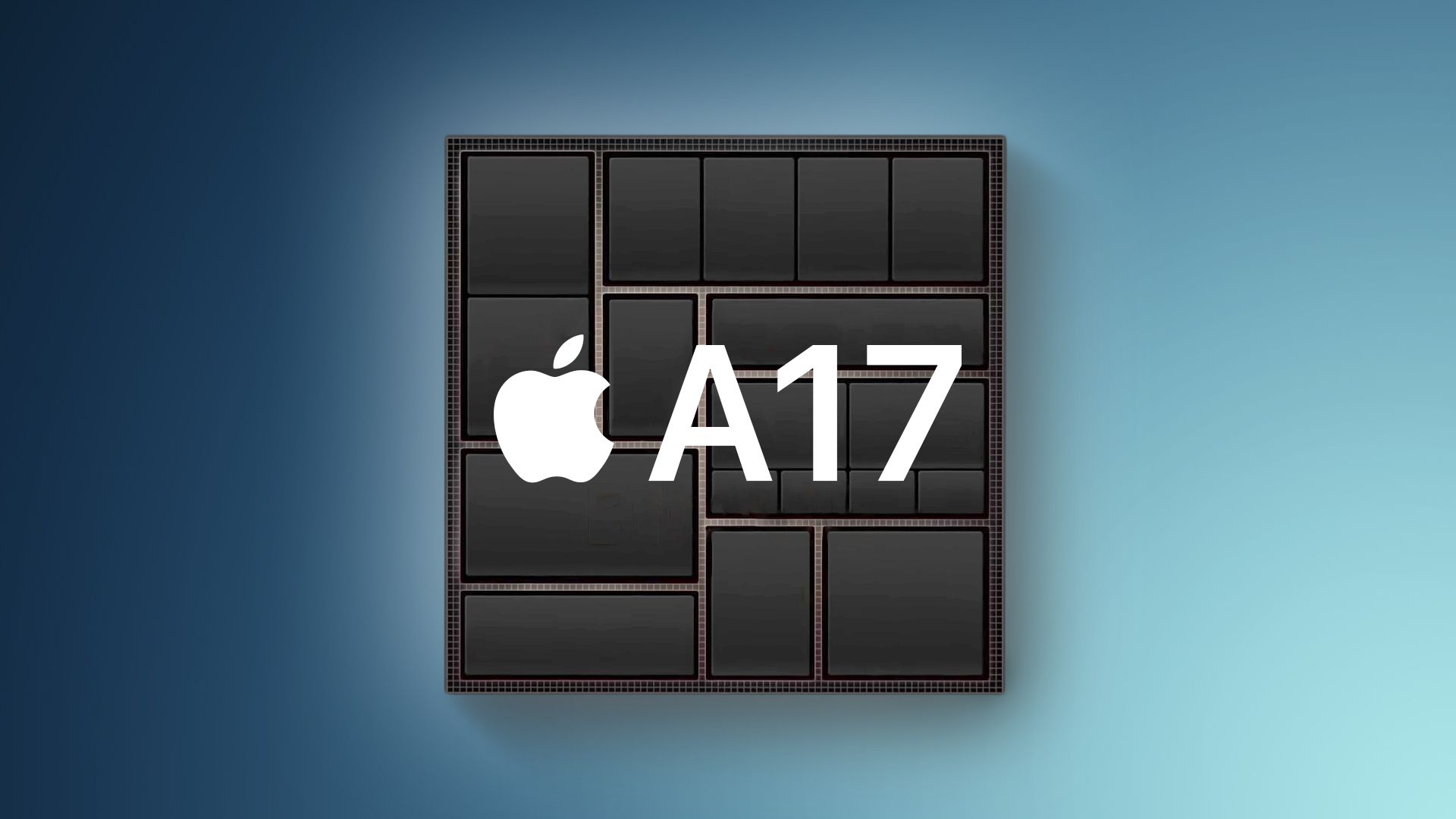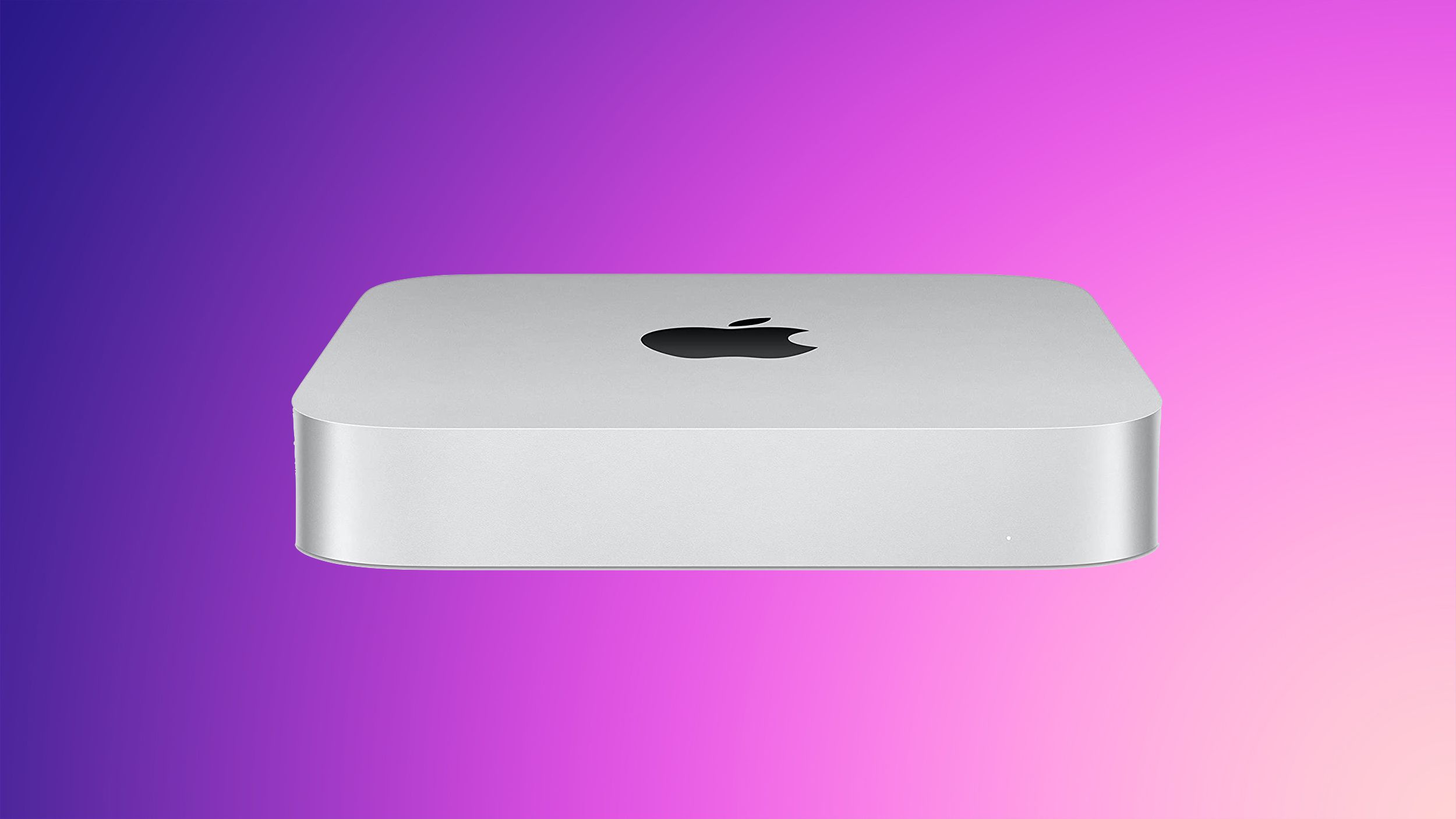What I am primarily is wondering about is whether Apples partners are able to manufacture enough LPDDR5X to satisfy their humongous demand.
Which universe is this happening in?
Meanwhile in 2023 ...
January 2023
"...
The low-tech tactic comes at a time when many chipmakers have announced workforce cuts in response to a supply/demand mismatch—most recently and notable is Micron Technology. Meanwhile, Intel is implementing a series of job cuts
due in part to a PC slump.
To further muddy the waters, the cuts come at a time when both Micron and Intel are investing in new manufacturing facilities in the U.S., spurred by the recent CHIPS and Science Act. Micron
plans to invest up to $100 billion over the next 20 years to build a chip facility near Clay, N.Y.
... "
https://www.eetimes.com/memory-industry-to-hit-muddy-waters-in-2023/
March 2023 .
"... For its second quarter of fiscal 2023 Micron
posted a year-over-year revenue drop of nearly 53% and said its earnings will decline further in the ongoing quarter as demand for 3D NAND and DRAM remains soft. ..."
Micron will further reduce 3D NAND and DRAM output as it preps for steepest revenue drop in decades.

www.tomshardware.com
June 2023
" ... The top 10 contract makers of chips saw their Q1 2023 revenue decline by 14.6% year-over-year and 18.6% quarter-over-quarter, according to the most recent report by
TrendForce.
... "
Samsung does contract and memory , but if folks are buying less SoCs then the amount of RAM being bought isn't likely going up. If didn't by a SoC then don't need to buy RAM to go with it.
Mac sales down. iPhone sales down . This universe is mostly into a 'bust' end of the boom/bust cycle.
All of this was relatively predictable back in 2021 or so time frame. A bust cycle would have kicked in after tons of folks bought huge amounts of computers/phones/etc on borrowed money like drunken sailors on shore leave after a 2 month cruise. Anyone who as been 2-3 of these memory/storage boom/bust cycles this was all not 'new.
M1 for example was still using LPDDR4 even though the next standard was already widely available - most likely because there was not enough supply in time to satisfy the millions of units Apple needs.
Apple used that LPDDR4 like it was LPDDR5. The M1 Pro and Max used LPDDR5. I doubt Apple made a substantive change between to the memory controller between the two. The initial M1 system production was in the first 9 months of a 'biggest in a century', world wide pandemic. Apple might have wanted to buy what they could get.
Second, who said it would be anything like 'millions of units' in the short term. If Apple leads off with iMac 24" M3.... then staggers a MBP 13" M3 launch ... then staggers a MBA 13" launch ... then it won't be millions in 2023.
Yeah some stuff goes to volume slow from the hyped up earlier announcements.
"...
However, Samsung did not say when the new LPDDR5X memory modules will be available for commercial application. Notably, the Korean electronics giant announced its first LPDDR5 module in 2018, but the first
smartphone featuring this technology did not appear until two years later in 2020 ..."
MediaTek's new Dimensity 9000 is the first chipset to sport LPDDR5X RAM support. Here's how it’s better than the previous generation.

www.digitaltrends.com
That was November 2021 and two years later is November 2023.
The Oppo Nord 3 has LPDDR5X ( uses a Dimensity 9000 ) and it is shipping now.

www.gsmarena.com
There are other Dimension 9000 and 9100 phones out there also.
The S23 uses LPDDR5x
"... Tipster Ice Universe has confirmed that the Galaxy S23, Galaxy S23+, and Galaxy S23 Ultra use LPDDR5X RAM and UFS 4.0 storage.. ..."
Unlike some leaks that claimed the Galaxy S23 series uses the same RAM and storage standards as the Galaxy S22, it uses newer standards.
www.sammobile.com
The S23 unit volume isn't going to outsell number of units of iMac 24" ? Probably not. Apple avoiding LPDDR5X for iPhone 15? maybe. But Apple can use a long term contract buy 'carrot' that loops in iPhone 16 and other longer term memory package buys to get discounts earlier.
In late '22 or early '23 it could have been sketchy. In late '23 ... not so much.
Also in that digital trends story.
" ... When sampled for the Dimensity 9000, Micron’s LPDDR5X solution achieved data transfer speeds of up to 7500Mbps. Although it’s higher than the 6400Mbps transfer speed of LPDDR5, it still lags behind the highest transfer rates (8533Mbps) supported by the new standard. ..."
LPDDR5X is "up to 8533". If under gets higher volume sooner that is also an option. What Apple primarily needs is slightly lower power while being faster than LPDDR5 maximum.
In short, I am a bit skeptical that the short term plain M3 SoC unit volume is going to swamp both Samsung and Micron given the substantively late arrival of the M3.





